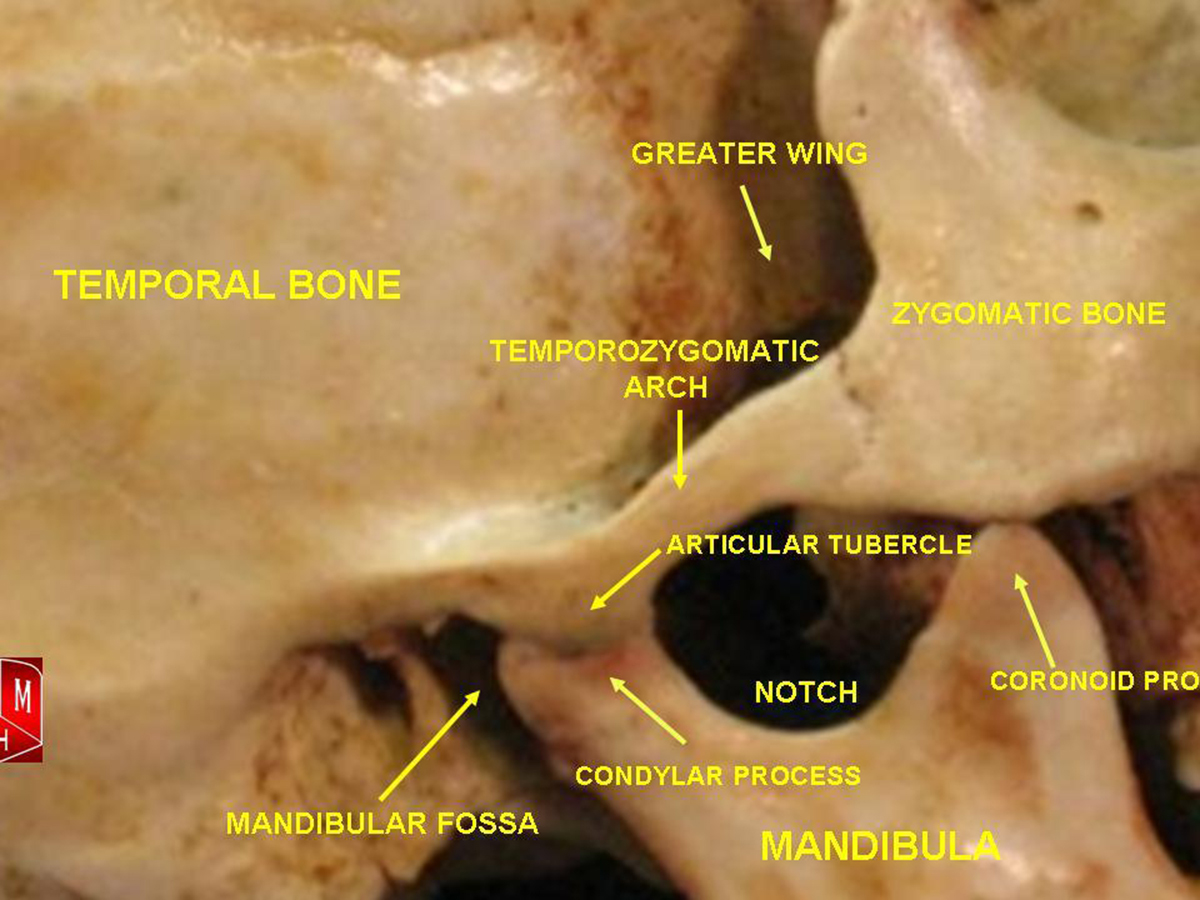
The temporomandibular joint is the joint of the jaw and in humans there are two temporomandubular joints one on each side of the jaw. They work in unison and allow proper chewing of the food. Temporomandibular joint is formed by two bones, the upper temporal bone (a part of the skull) and the lower one. Any disorder related to this particular joint is referred to temporomandibular joint disorder.
Causes of Temproromandibular Joint Disorder
The majority of disorders are in this case caused by excessive pressure onto the joint. Its inappropriate functioning and additional symptoms and signs may be caused by several things. First of all, if there is a structural change or damage to the cartilage disk at the joint temporomandibular joint disorder develops. Furthermore, the problem may be related to several muscles of the jaw, face and neck which are attached to the very joint. And finally, problems with teeth may eventually cause temporomandibular joint disorders.
Clenching and grinding teeth are considered risk factors and they may eventually cause problems related to the joint. These are considered bad habits and are supposed to be discontinued. And there is a chance of improper functioning of the joint in people who tend to hold their heads forward while looking at a computer.
Symptoms of Temporomandibular Joint Disorder
The main characteristic of the condition is difficulty or discomfort during biting and chewing. This is also accompanied by clicking sounds. Patients may also complain about the pain in the joint area or nearby tissues. The pain is usually dull and may appear in a form of earache. If the joint's function is severely damaged the person suffers from frequent headaches and the ability to open or close the mouth is significantly reduced.
Treatment for Temporomandibular Joint Disorder
Initially the patients are treated with simple and gentle therapies. If these therapies fail to provide with desirable results the doctor recommends more aggressive approach. Surgery is generally performed in small number of patients and only if other treatment modalities fail.
One may benefit from massaging many muscles that surround the joint. It is recommended to probe the muscles in the surrounding area in order to identify extremely painful points. These points are then massaged several times a day. Further alleviation of pain and discomfort can be achieved by moist heat or cold packs.
In more severe cases patients are treated with mouth guards (splints or appliances). They are very effective in treatment of teeth grinding, clenching and temporomandibular joint disorders. Furthermore, the pain may be alleviated with muscle relaxants and nonsteroidal anti-inflammatory medications. And finally, in case a moth guard does not work one may consider re-alignment of the teeth and reconstructive surgery of the jaw.


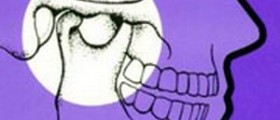

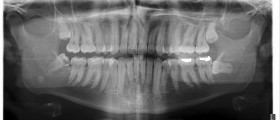




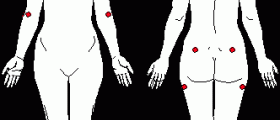
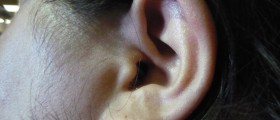

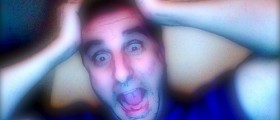
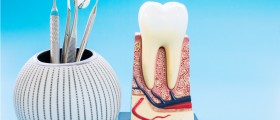


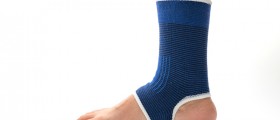
Your thoughts on this
Loading...